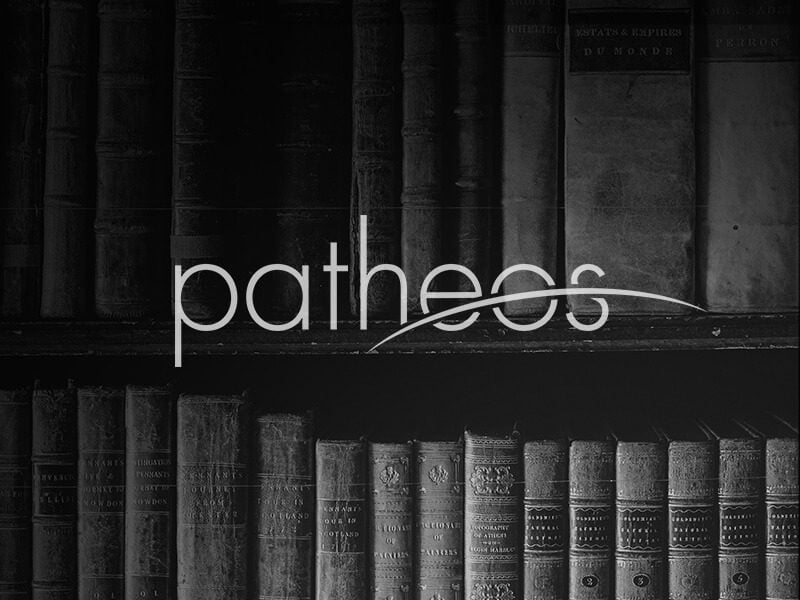Suppose that an employer pays some or all of his workers the minimum wage. If the minimum wage is raised, he might respond by raising the wages of his workers to this new minimum. But this is hardly his only option. Instead of raising wages, he might decide to move the jobs in question to a place where the minimum wage law in question does not apply. He might decide to automate the jobs, so that they are done by machines instead of workers. He might decide to lay off workers (or to hire fewer new workers than he otherwise would have done), and indeed he may be forced to do this if the higher labor costs imposed by the new minimum wage law render his business unprofitable.
To deny that an increased minimum wage law decreases employment is to claim that no employer would respond to an increase in the minimum wage in any of these ways, or that any employer who did respond in one of these ways would be canceled out by other employers who responded to the minimum wage hike by hiring more workers than they otherwise would have. This, needless to say, does not strike me as being very plausible.
This negative employment effect is one argument against minimum wage laws, but it isn’t the only one. Another common argument involves demographics. Minimum wage laws aim to help poor workers, yet they apply to low wage workers, and these are not always the same people. Around half of minimum wage workers, for example, are teenagers, many of whom, presumably, do not rely on the wages from these jobs for their daily bread. This is a particularly vexing problem for those who want to use minimum wage laws as a proxy for a just wage, defined as a wage sufficient to support oneself and one’s family, since a just wage will be higher for those with families than for those without.
One might think that the negative effects of a minimum wage law are great enough that, if given a choice between a minimum wage law and nothing as a means of helping the poor, one would prefer doing nothing. As in medicine, so with anti-poverty measures, the Hippocratic principle “first do no harm” seems rather apt. On the other hand, one might concede these downsides to minimum wage laws while claiming that the benefits to those poor low wage workers who aren’t disemployed outweigh the harm that comes to those poor low wage workers whose jobs the law destroys. One would then favor minimum wage laws according to the maxim: “if the shoe fits, wear it; if it doesn’t fit, well, it’s still better than nothing.” Such support, however, would be conditional on their not being any alternative means of achieving the same end (helping poor workers) without the accompanying negative consequences.
As it happens, though, there is such an alternative: the negative income tax. Normally a person pays a certain percentage of his income in taxes, so that, for example, if he is taxed at a uniform 20% rate, then for every dollar he makes in income he will pay twenty cents to the government in taxes. The negative income tax operates according to the same principle, except that for every dollar one makes (up to a set amount), it is the government who pays the percentage to the worker, rather than the other way around. So, for example, if a worker made $10,000 a year, and the applicable rate for that level of income was 20%, he would receive an additional $2,000 from the government. The percentage received depends both on the level of income (the less you make overall, the higher the negative tax rate) and on the number of dependents a worker has (i.e. you get a better rate if you have two kids than if you have one or none). And since it is tied to work, there are none of the disemployment concerns typically associated with government welfare payments.
Did I mention that this system is already in place, and that it’s currently the largest poverty reduction program* in America?
A negative income tax like the EITC does what minimum wage laws are supposed to do, only more efficiently and without the negative effect on employment. It isn’t costless, of course. Tax money has to come from somewhere (just as any increased wages as a result of a minimum wage law have to come from somewhere). There’s no such thing as a free lunch. But the cost of the meal is much cheaper than with minimum wage laws, and the quality of the food is better too.
Given the existence of the EITC, I find the vehemence with which many people support minimum wage laws to be somewhat strange. Is it simply that people aren’t aware of the program, or is there some other objection to the idea that has thus far escaped me?
*Okay, so technically this isn’t true, as money received though the EITC isn’t counted as income when calculating the poverty rate, and thus doesn’t reduce poverty in the official statistics. In terms of real life, however, it does have such an effect.












